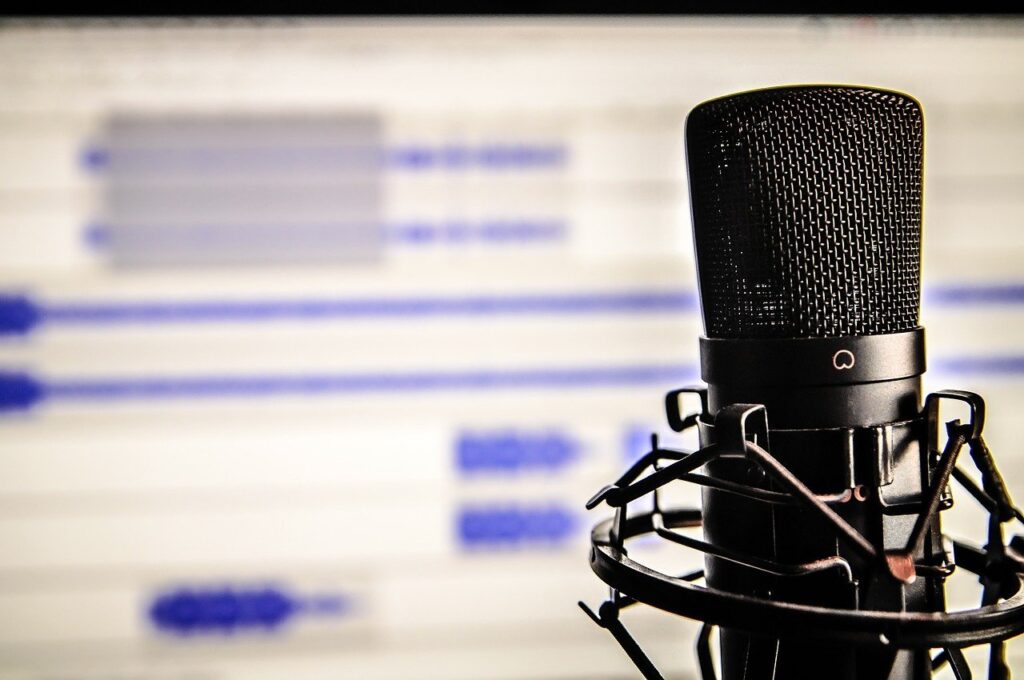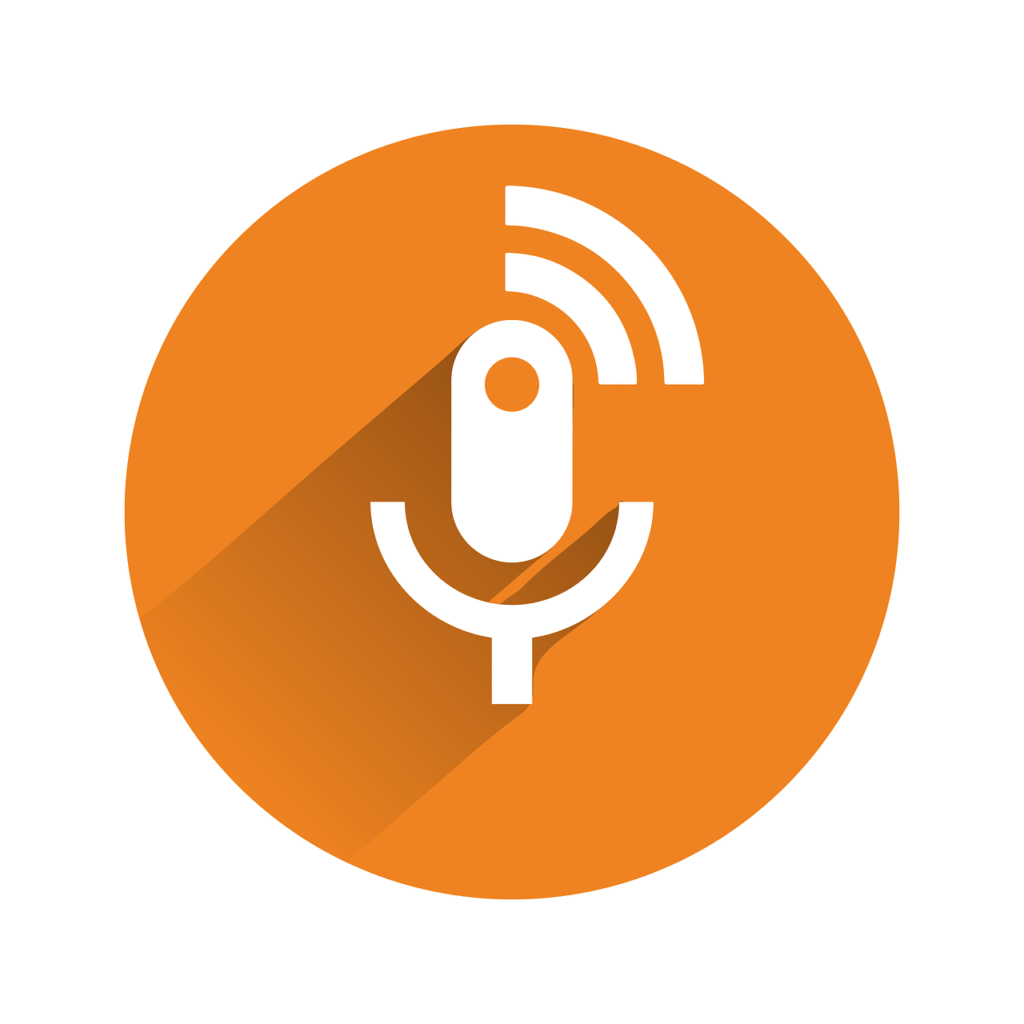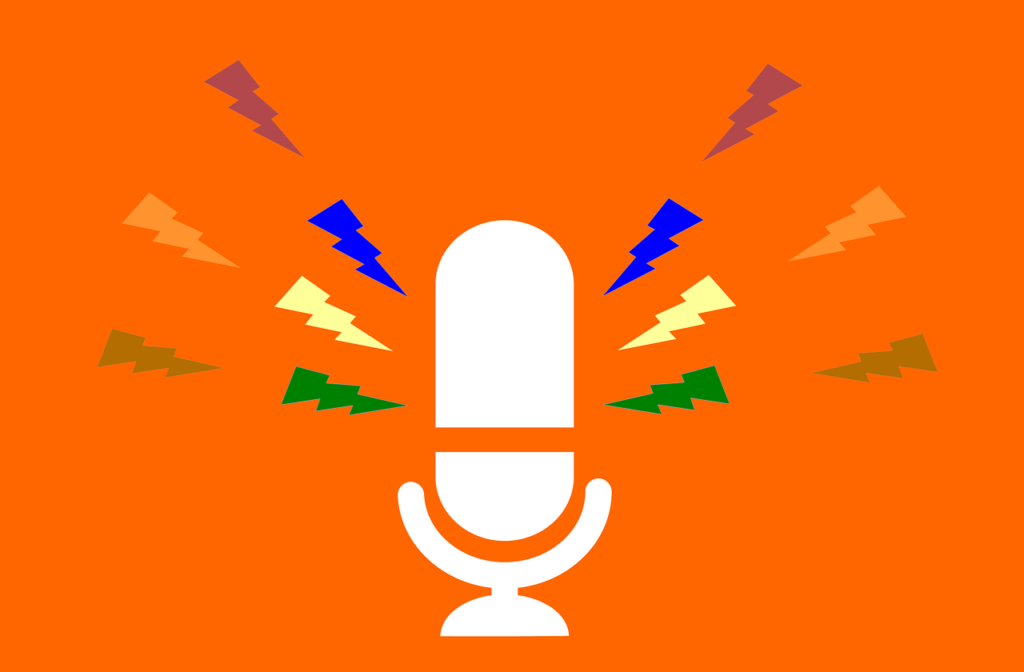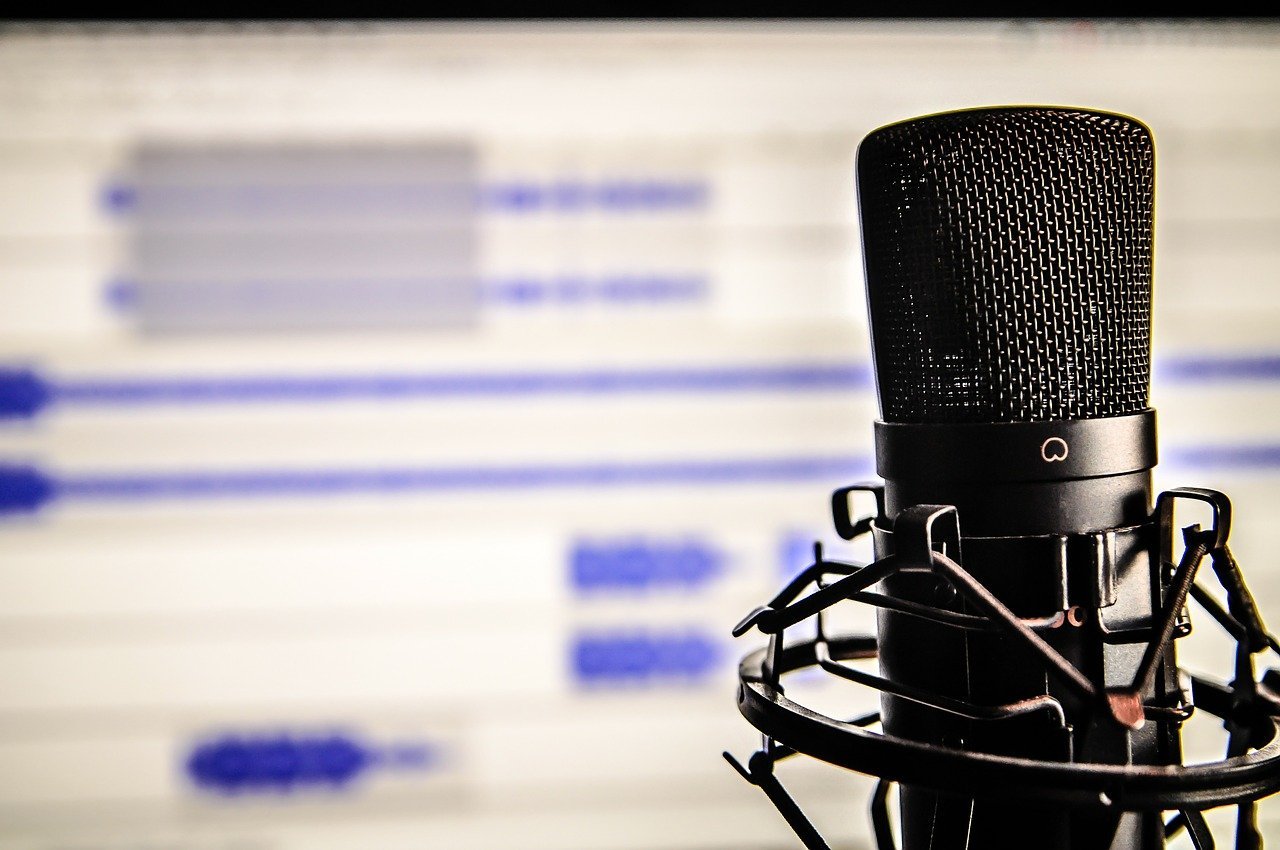Podcasting Basics For Newbies

Podcasting is the relay of information through audio. Rather than read an article or watch a video, your target audience will listen to your pre-recorded “internet radio show” as you provide content on topics of interest to them.
Once your podcast is recorded, it can be broadcast to a wider audience in a number of ways. It can be listed in directories so it can be discovered and listened to. It can also be broadcast to other websites and listened to anytime, anywhere, by people who subscribe to your podcast.
Podcasts are available via a service known as RSS (Real Simple Syndication). When they subscribe to your podcast, they will receive the latest files right in their RSS feed reader. Other websites in your niche can also embed your feed into their site so their audience can listen to it too.

Understanding Podcasting Terminology
It is important to understand key podcast terms if you wish to create a podcast of your own.
Podcast – A series of recording audio programs, usually published on a regular schedule, such as once a week.
Podcatcher – Software which detects each new podcast you publish and delivers it to your subscribers.
RSS (Real Simple Syndication)– A way to share files with your target audience, or allow others to publish your content, or syndicate it, at their site.
Aggregator – An aggregator, or RSS aggregator, collects RSS feeds. It will deliver podcasts and other contents you subscribe to. Feedly and Feedbin would be two good examples of RSS aggregators.
Channel – A series of podcasts. Think of it as a radio station that can be listened to any time by people who subscribe to your channel.
Enclosure – The file for the podcast. It is enclosed in a reader in order to be listened to.
Metadata – The most important information about the podcast, so it can be discovered by readers and search engines. It will usually include title, recording artist, file format and so on.
ID3 – ID3 is a metadata specification that allows information to be added to MP3 files. Commonly, items like track title, artist, album and track number are placed within ID3 “tags” that identify the type of data. It helps your podcast get discovered in locations like iTunes.
iPod – The popular digital audio player from Apple. The word “podcast” comes from the combination of the words “iPod” and “broadcast”.
Juice – Juice is a free program that automatically downloads new shows when they become available, and synchronizes them with your iPod or other digital audio player. Formerly known as “iPodder”.
Item – A single show in your podcasting channel. It should be metatagged, preferably with ID3 tags.
iTunes – iTunes is Apple’s multimedia store and software, which will allow you to buy, or access or subscribe for free, a range of content such as music, videos, TV shows and podcasts. It links to a directory of podcasts and acts as a podcatcher by allowing users to subscribe to podcasts and delivering them to their iPod or other player.
When you upload your content on iTunes, metatags for it will be created, making it discoverable to those interested in your topic or niche.
MP3 – MP3 (MPEG-1 Audio Layer-3) is the standard format for podcast files. The format compresses the data into a very small file while still maintaining sound quality.
Now that we’ve covered the basics about podcasting, it might be time to think about adding a podcast to your marketing mix.

How to Grow Your Audience for Your Podcast
Once you have decided to launch a podcast, the next main concern for most people is how to grow an audience for it. Your growth and marketing plan should actually be built right into the podcast.
- Give it a strong, interesting name
It needs to appeal to your niche and be searchable on sites and aggregators. - Create strong titles for each podcast
Every podcast should have a keyworded name, not just numbers, to tell people what to expect and to make it more discoverable. - Write enticing teaser copy
Make sure the description of your podcast channel, and each podcast you create, is keyworded and sounds exciting enough for your audience to want to listen. - Be consistent
Set a schedule of regular podcasts so people know what to expect. It’s a big commitment, but it’s the only way to keep an audience coming back for more, and telling others about it. - Tell your lists
If you have email marketing lists, send an email to invite them to subscribe to the podcast, send in topic suggestions and guest suggestions, or even get involved by being interviewed online. - Social media
Tell everyone in your social media account about your new podcast channel. Each time you create a new podcast, post about it on your social media pages. Encourage people to share the post with anyone they know who might also be interested in it. - Forums, discussion boards and groups
Post information on your podcast on niche-related areas on the internet where your target audience will congregate. - Your blog
Embed your podcast feed into your site. Also, give a page to each podcast you create. Add a transcript to attract the search engines. Include a call to action or subscribe button. - Be a guest blogger
Guest blog; that is, give free content to one or more blogs related to your niche. Use the link back they should give you to point to you podcast subscription page. - Be a guest on other podcasts
Grow your audience by being a guest on high-profile niche blogs. In this way, you will get a chance to point your URL to the listeners who like what you have to say. Offer a guest spot in exchange, and ask the guest to share the URL once the podcast has been created. Or, offer them a copy they can use as is on their podcast feed once you have finished editing it. - Help a Reporter Out
The HARO website allows you to list yourself as an expert in your niche. Your biography can list your podcast. You can also mention it if you are interviewed and used as a resource for a journalist’s story. - Issue a press release
Tell the world you have a new podcast with the help of a press release. Chances are that journalists interested in your niche, or looking for interesting information to pass along to your readers, will be happy to pick up your story and share it. There are free and paid press release distribution services which can help you spread the word. - Blogger outreach
Blogger outreach is similar to issuing press releases, only it targets top bloggers in top niches. They might be interested in the podcast, the transcript, or having you on as a guest blogger.
Growing your audience for your podcast does not have to be an uphill struggle if you follow these tips and tricks. Use all you’ve learned and you should soon have an ever-growing audience of eager listeners.
